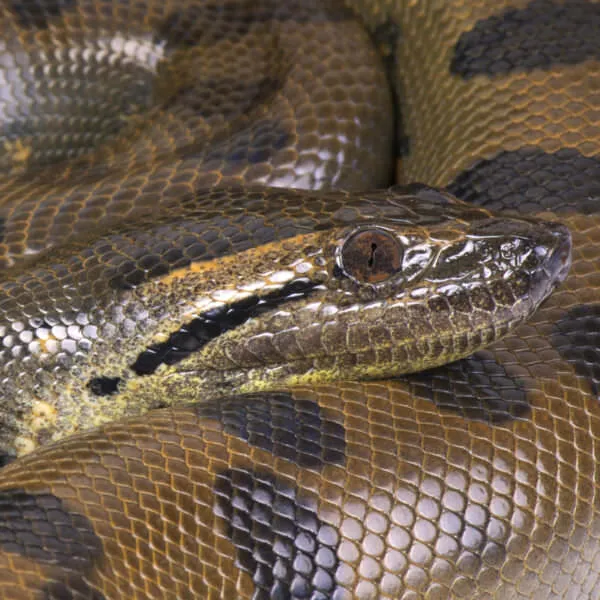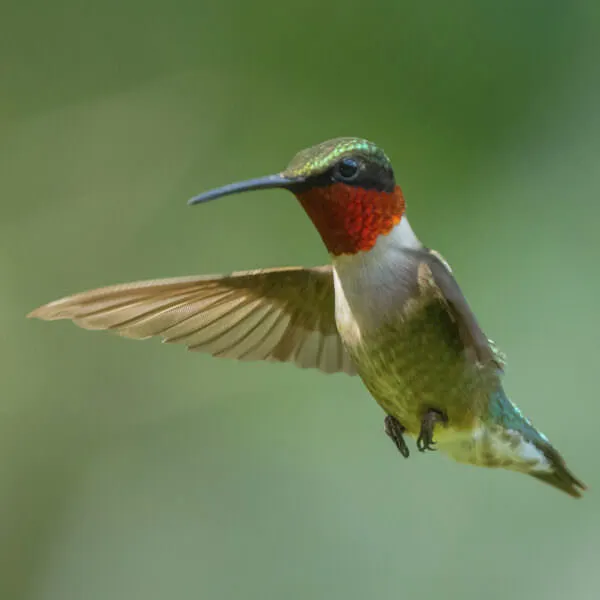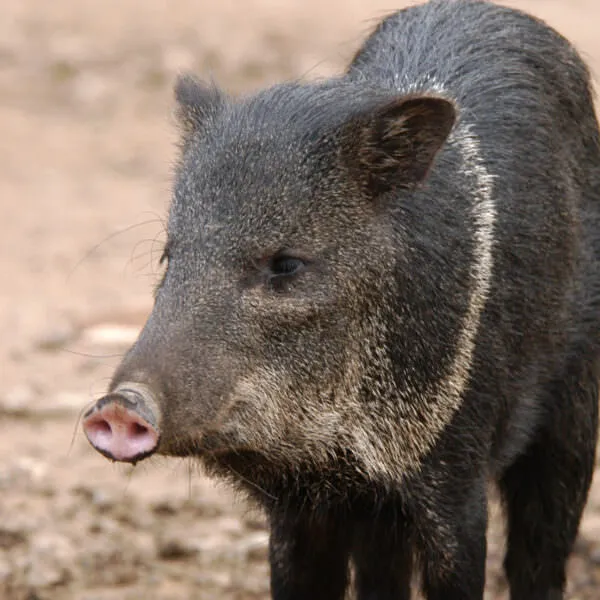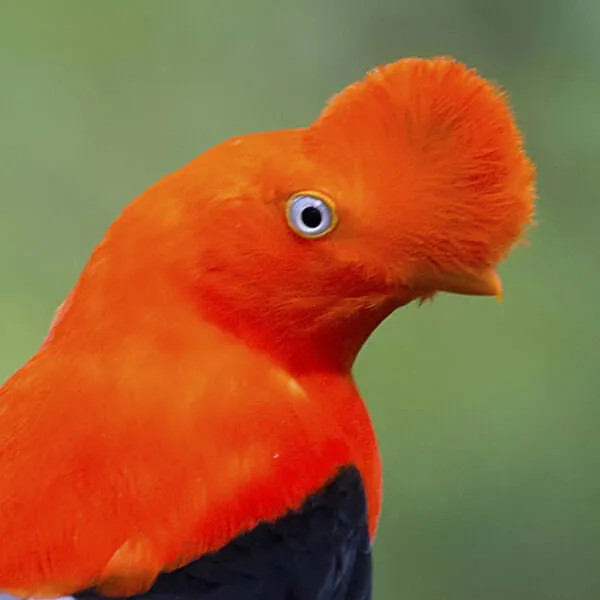Anatomy
Green sea turtles have a gray, green, black and brown shell that covers both their dorsal and ventral sides. Individual turtles can reach 3 feet (1 m) in length and can weigh over 400 pounds (136 kg). Unlike their terrestrial counterparts, these marine turtles can reach speeds of up to 35 mph (56 kph). Green sea turtles breathe air and when asleep are able to remain submerged for up to two hours without resurfacing for oxygen. On average, green sea turtles reach sexual maturity at age of 25 and have a lifespan of 50 years. Females nest nocturnally, laying roughly 100 eggs at a time in their «clutch» or nest. Females return to the beaches where they were born to nest, often traveling great distances from the habitats where they feed during the rest of the year.
We're All In
Together, we're building a future where people and nature thrive. Sign up today and join our movement...
Habitat
The range of the green sea turtles extends through most tropical and subtropical oceans in the world. The Gulf of Mexico and the Caribbean Sea is home to the Atlantic subpopulation – where they live in shallow waters and travel through costal inlets, bays, and estuaries.
Diet
Adult green sea turtles are herbivorous, their diet consisting mainly of sea grasses and algae. Their green diet is thought to produce the greenish colored fat which gives green sea turtles their name.
Threats
Juvenile and new hatchlings face many predators throughout their early life. Once they reach maturity, green sea turtles have few predators beyond sharks. Human use of nesting beaches for development and poaching, either for food or ornamentation, have been the main drivers of green sea turtle population decline.
Sources
- «Turtles,» Earth Trust website, 2007.
- National Oceanic and Atmospheric Administration
- «Green Sea Turtles,» Department of Environmental Conservation website, 2007.
- The IUCN Red List of Threatened Species



